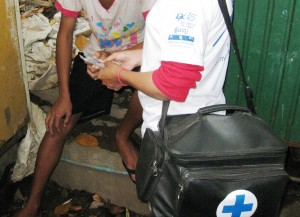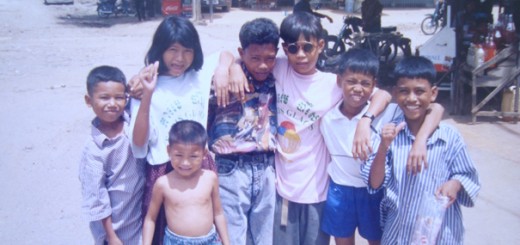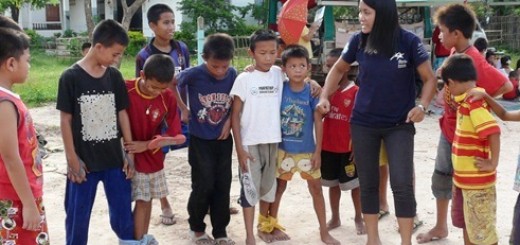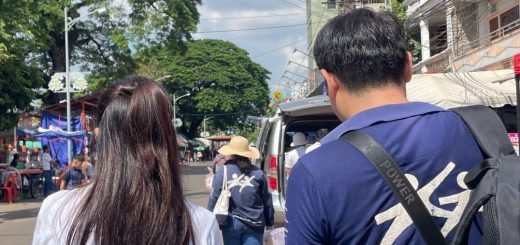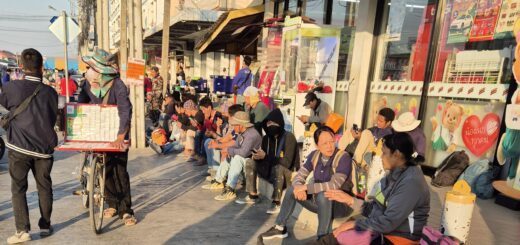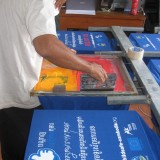Orientation 2… Drug Outreach
We knew when we were offered big black boots that the most intense day of our orientation was ahead of us. Having exchanged our flimsy soled plimsoles, we hopped on the back of motorbikes and were taken to a derelict building by the Olympic outreach team. We waited outside in the rubbish-strewn yard while the team prepared plastic baggies filled with toothbrushes, condoms and clean needles. A member of the team explained that this was harm reduction: if they couldn’t stop drugs from being used, they could at least prevent the spread of disease through sterile equipment. As each bag was painstakingly assembled, a few of the residents made their way downstairs. We were struck by one woman in particular, her face emaciated and her arms scarred with the marks of self-harm. She didn’t make eye contact with us, in stark contrast to the friendly, albeit reserved, smiles of the families we had met on previous days.
Making our way into the building was a task in itself: sidestepping cracks in the floor and faltering across a narrow ledge. We passed seemingly deserted rooms, filled with debris, which were home to absent families though empty of any signs of life. We finally reached a small room at the back, where three families lived side by side, separated by a torn curtain. On a mattress, a mother lay, feeding her baby with a banana that the team had given her. Next to her, while the other men slept, her husband folded his silver foil and left abruptly. The woman informed us that within the next fifteen minutes, they would use again. As we were leaving, the baby crawled over to the foil, quickly pulled back again by his mother. The team told us that they visited twice a day, knowing that all but the three smallest children were addicts.
That afternoon, we pulled up in the mobile drop-in drug centre to a deserted temple area. The sounds of throbbing bass greeted us as we climbed up to the locked, grey temple. Seven youth of about our age were crowded around one boy’s phone, sheltering from the sudden crash of rain. Apart from glances and giggles (a standard occurrence in our Phnom Penh existence), we were largely ignored, except by one boy who hovered cautiously nearby. Back by the bus, a mat had been laid out with playthings for the children from the local slums. We were ushered inside to converse with a 24 year old, who told us that he learnt English whilst working in a restaurant. Having been instructed to ask him why he lived on the street, he shrugged and said that he wanted ‘the real life’ with his friends, seemingly unconcerned by the instability of that way of living. After the routine fruit distribution, we returned to the bus to go back to Mith Samlanh. The shy boy who had lingered at the beginning remained inside. He had made the decision to undertake vocational training, leaving behind the street life he knew for a new start.
